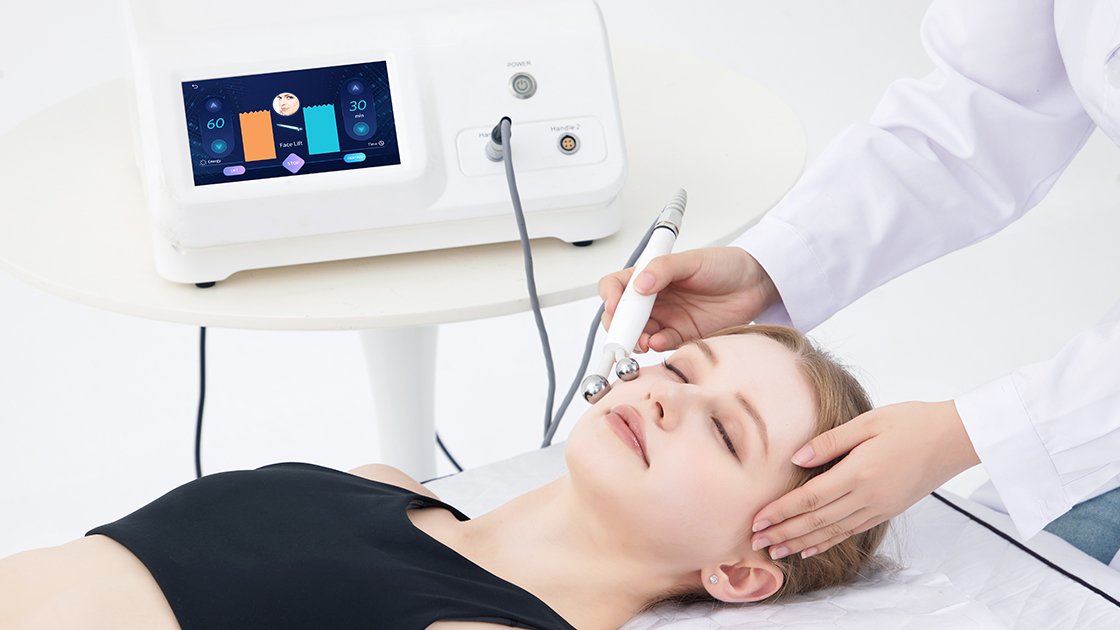Introduction to RF Skin Tightening Treatment
In the quest for youthful and firm skin, various treatments have emerged, each promising to be the ultimate solution. Among these, Radio Frequency (RF) technology stands out as one of the most effective and non-invasive skin tightening treatments. RF technology uses radio waves to generate heat, targeting the deeper layers of the skin without damaging the surface. This approach has gained immense popularity due to its efficacy, minimal downtime, and versatility for different skin types. As we delve deeper into the mechanisms, benefits, procedures, and clinical evidence of RF skin tightening, the reasons why this treatment ranks as one of the best options become clear.
How Radio Frequency Technology Works
Radio Frequency technology works by emitting radio waves that penetrate the skin layers to generate heat. This heat energy targets the dermis, the skin’s middle layer, stimulating collagen and elastin production. Collagen and elastin are essential proteins responsible for the skin’s firmness and elasticity. As we age, the production of these proteins decreases, leading to sagging and wrinkles.
The heat from RF energy causes controlled thermal damage to the dermal layer, triggering the body’s natural healing process. This results in the contraction of existing collagen fibers and the stimulation of new collagen synthesis. Over time, this leads to firmer, tighter skin and a reduction in fine lines and wrinkles. Unlike laser treatments, which can affect the skin’s surface, RF technology safely targets deeper skin layers, making it suitable for various skin types and tones.
Benefits of Radio Frequency Skin Tightening
One of the primary benefits of RF skin tightening is its non-invasive nature. Unlike surgical facelifts, RF treatments do not require incisions or anesthesia, significantly reducing the risk of complications and recovery time. Patients can typically resume their daily activities immediately after the procedure, making it a convenient option for those with busy lifestyles.
RF technology also effectively treats various areas of the body, including the face, neck, abdomen, and thighs. This adaptability allows for comprehensive treatment plans tailored to individual needs. Moreover, the results of RF skin tightening are long-lasting, with many patients experiencing continued improvement in skin firmness and texture for months after the initial treatment.
Safety is another significant advantage of RF technology. The procedure is generally well-tolerated, with minimal side effects such as temporary redness or swelling. These mild effects typically resolve within a few hours to days, enhancing the appeal of RF skin tightening as a safe and effective solution for skin rejuvenation.
Procedure and Application
The RF skin tightening procedure begins with a consultation to assess the patient’s skin condition and determine the appropriate treatment plan. During the treatment session, a handheld device delivering RF energy targets the areas of concern. The device emits controlled radio waves, generating heat and stimulating collagen production.
Patients may feel a warming sensation during the treatment, but discomfort is minimal due to built-in cooling mechanisms in modern RF devices. A typical session lasts between 30 minutes to an hour, depending on the treatment area.
Post-treatment care involves simple skincare routines to maintain the results. Patients should avoid excessive sun exposure and use sunscreen to protect the treated areas. Most individuals require a series of treatments, spaced several weeks apart, to achieve optimal results. Maintenance sessions every few months help sustain the skin’s firmness and elasticity.
Efficacy and Clinical Evidence
Numerous research studies and clinical trials support the efficacy of RF skin tightening. These studies consistently demonstrate significant improvements in skin tightness, texture, and overall appearance. Patients report high satisfaction rates, with noticeable reductions in sagging and wrinkles.
Clinical evidence also highlights the advantages of RF technology over other skin tightening treatments. Compared to laser and ultrasound-based methods, RF treatments offer a safer and more comfortable experience, with equally impressive results. Factors such as skin type, age, and the specific area being treated can influence the success of RF treatments, making it essential to have a personalized consultation with a qualified practitioner.
In a word, Radio Frequency technology represents a groundbreaking advancement in skin tightening treatments. Its non-invasive nature, minimal downtime, and proven efficacy make it an attractive option for those seeking to rejuvenate their skin. With continued advancements and ongoing research, RF technology is set to remain at the forefront of cosmetic dermatology, offering patients a reliable and effective solution for achieving youthful, firm skin.








